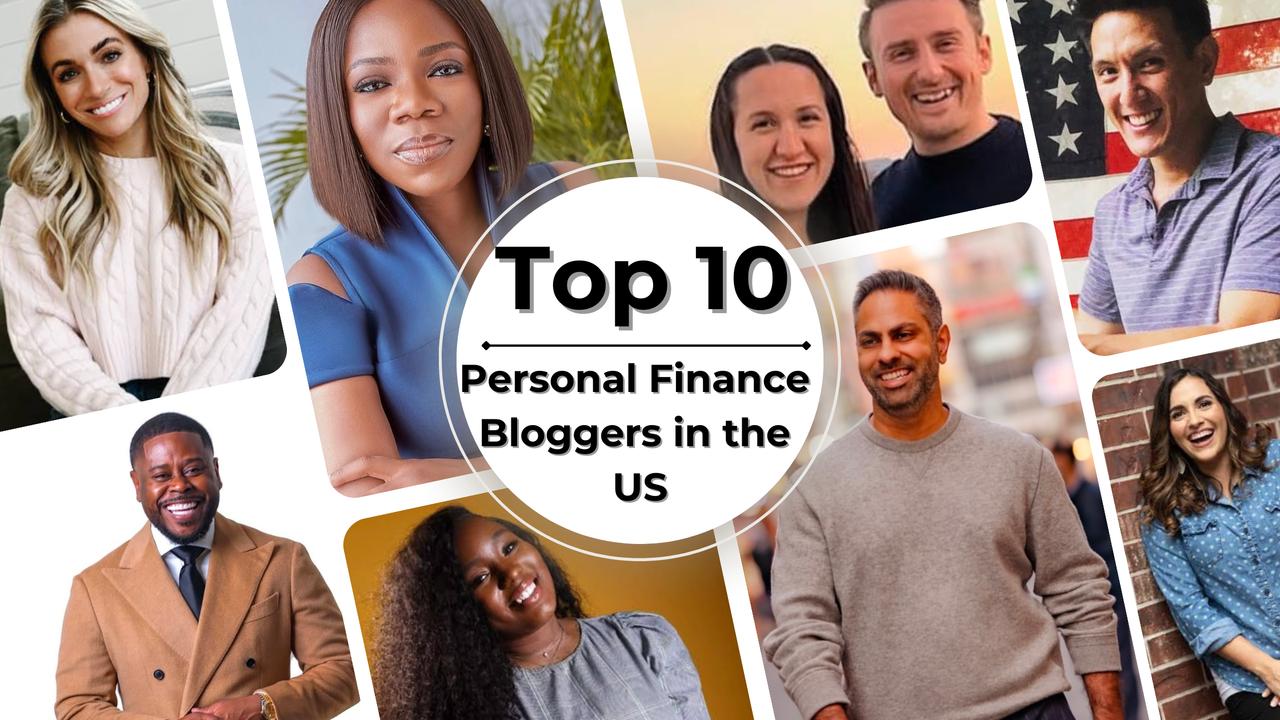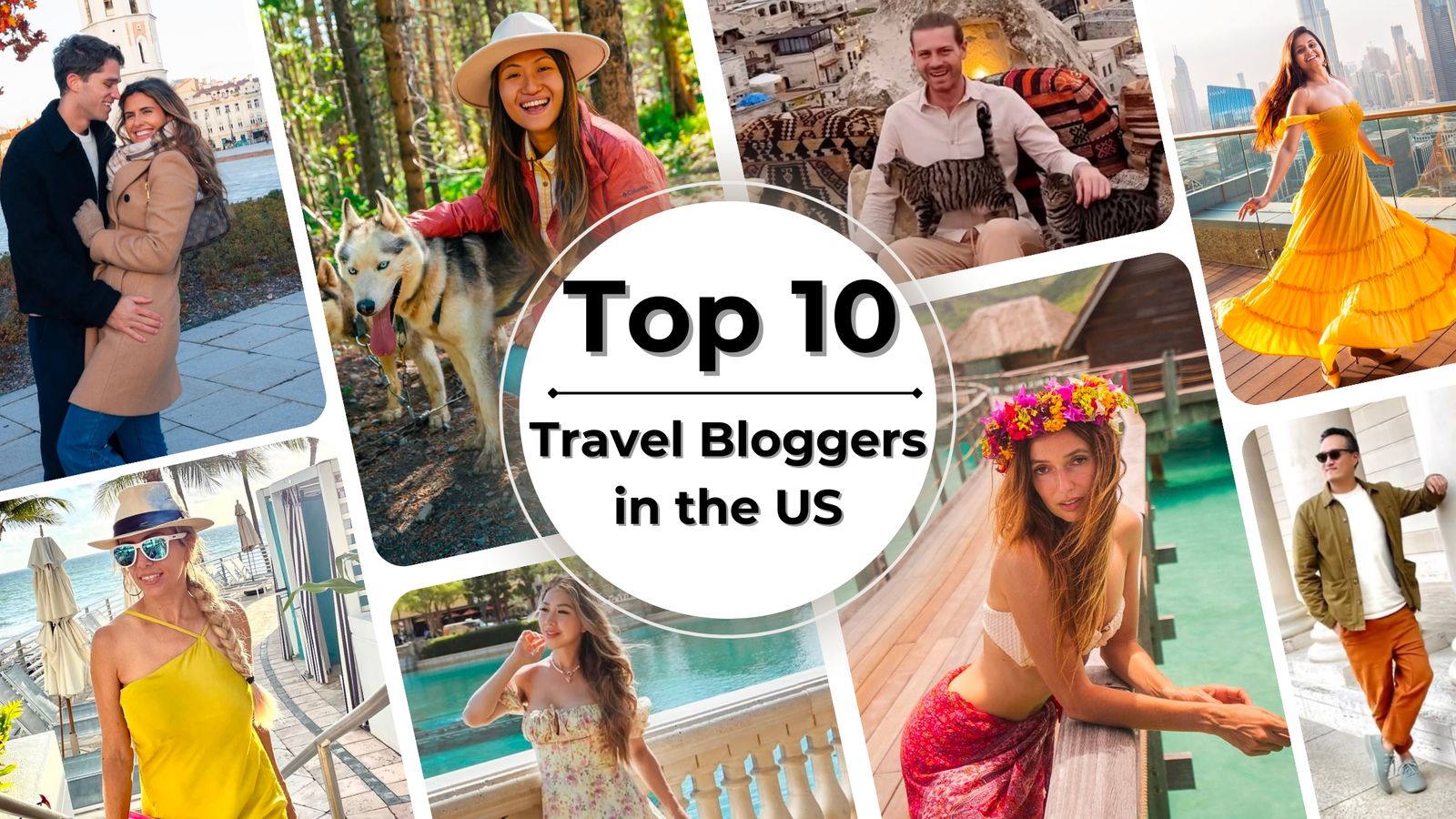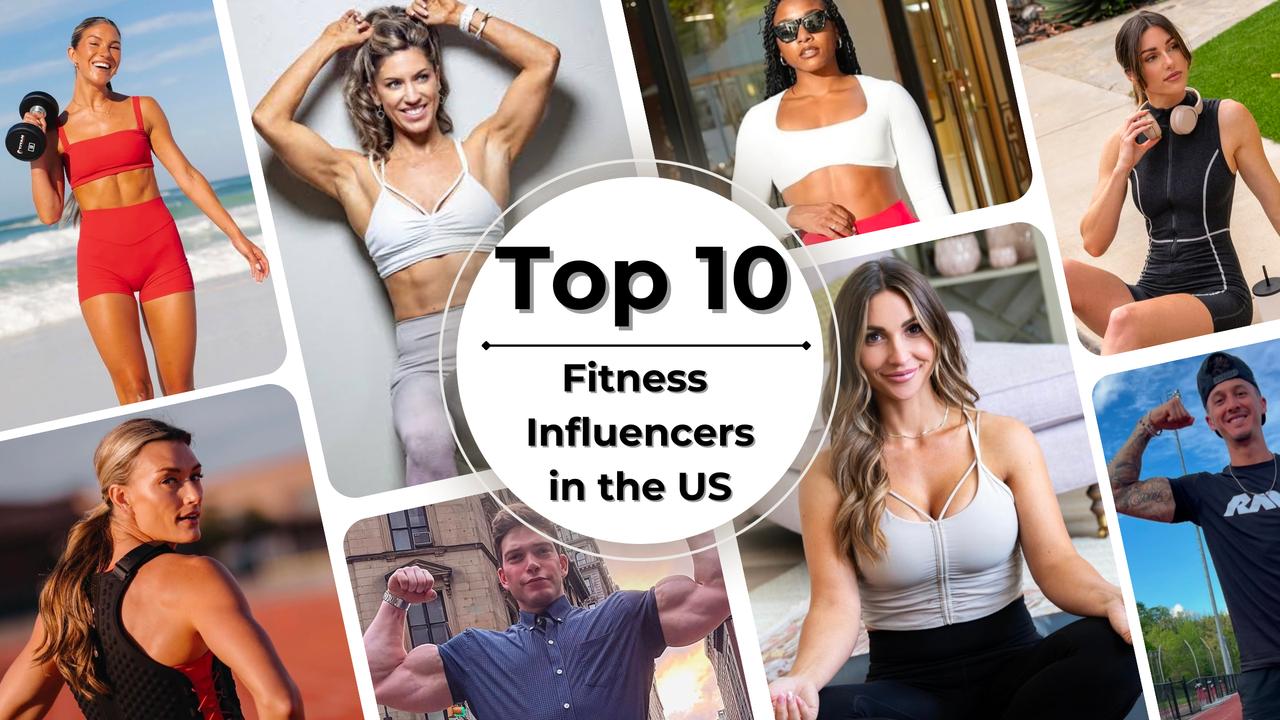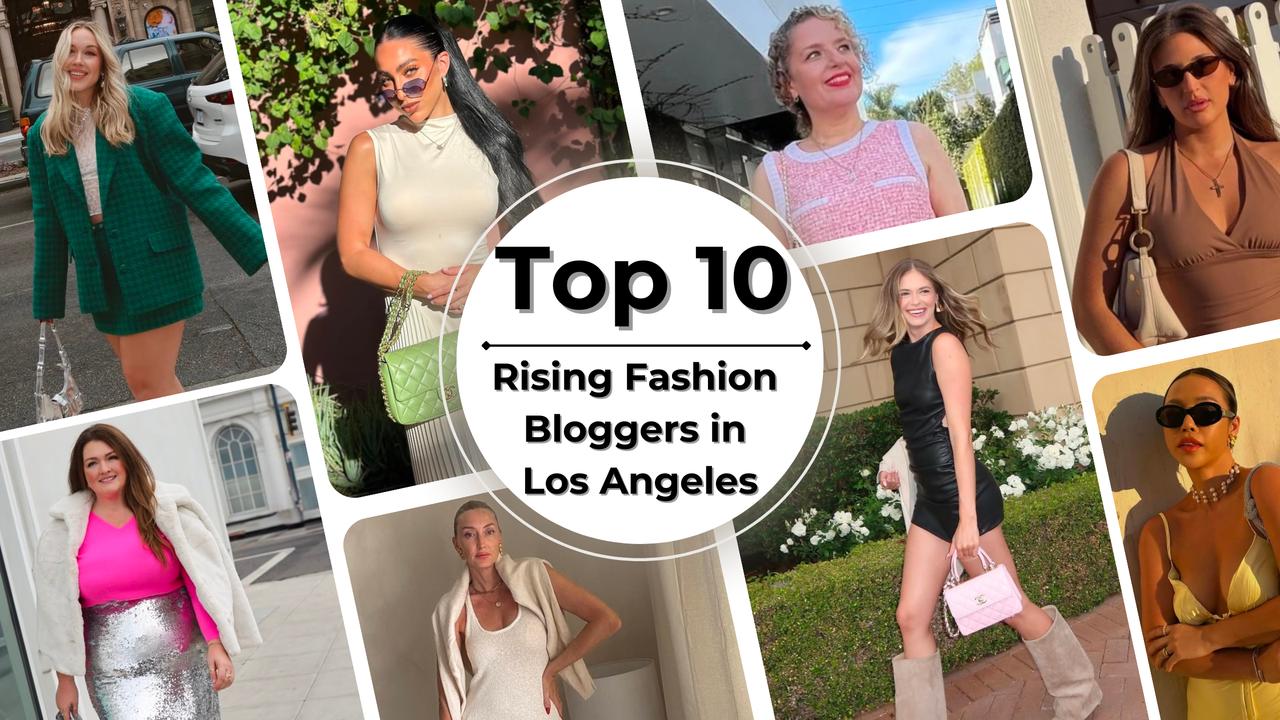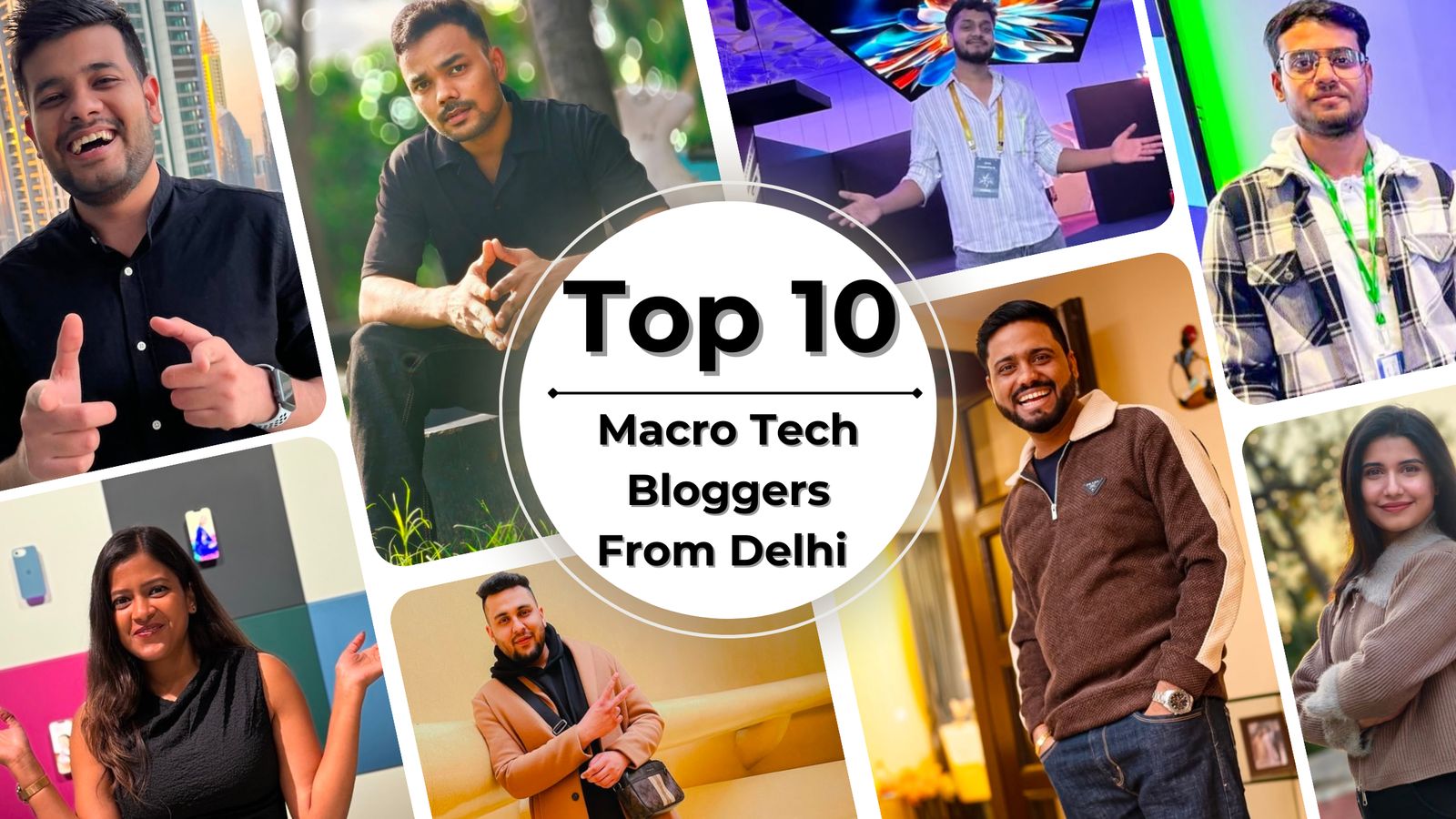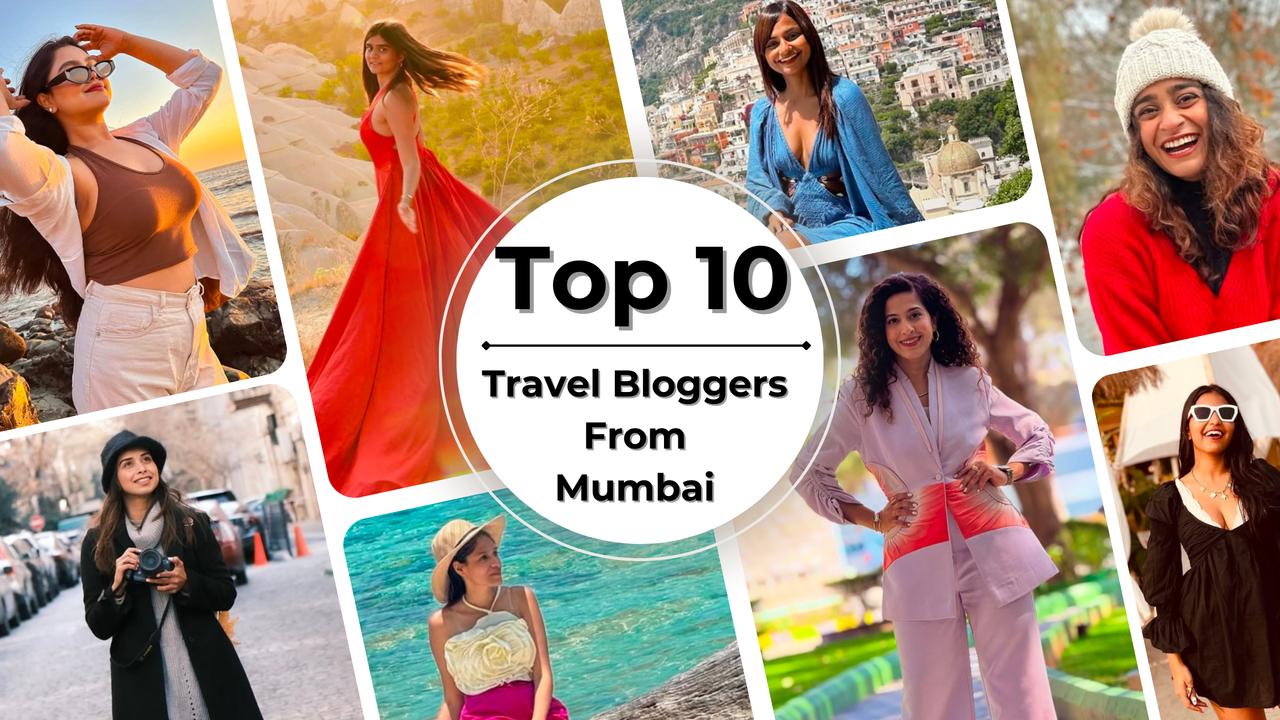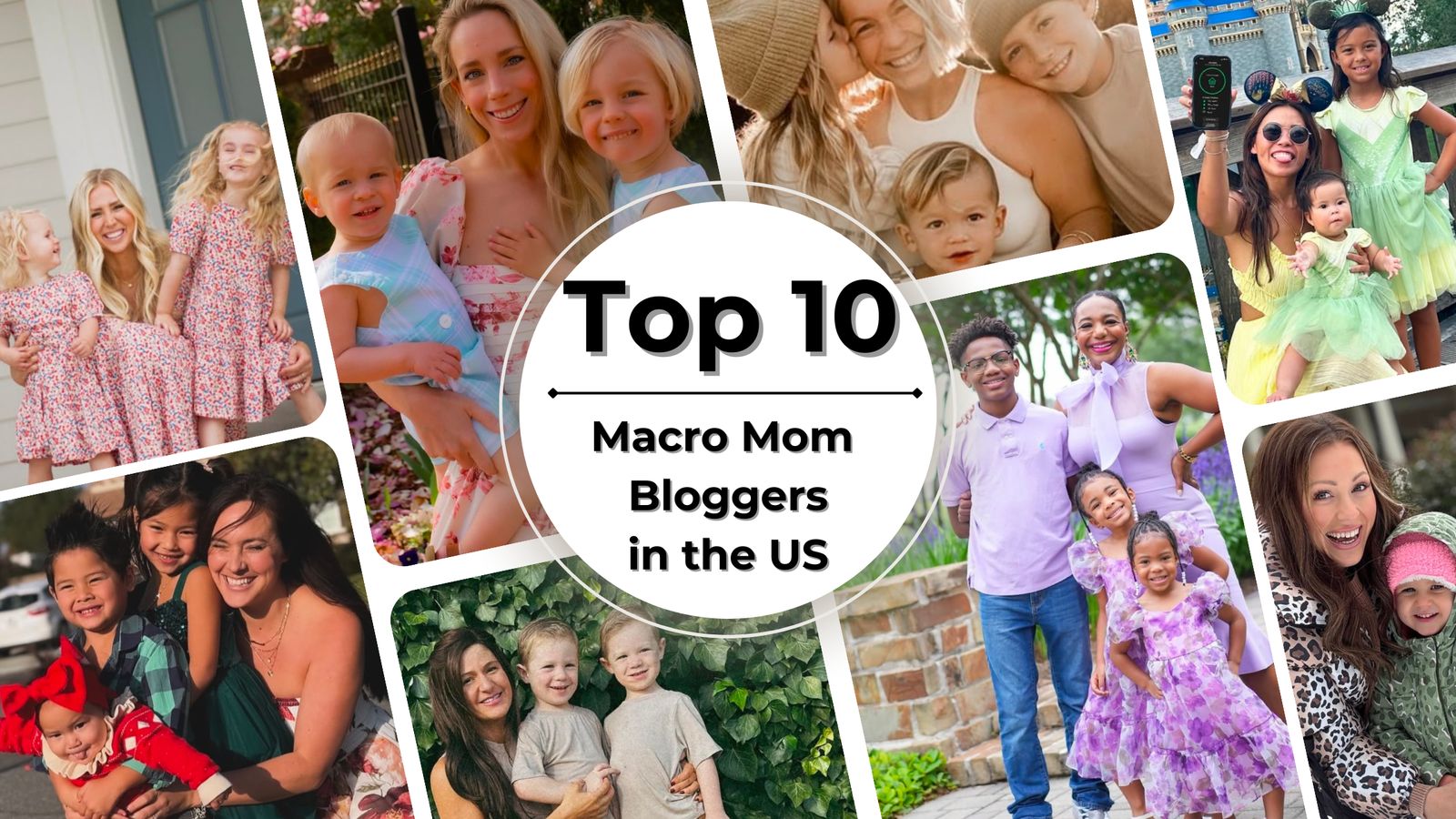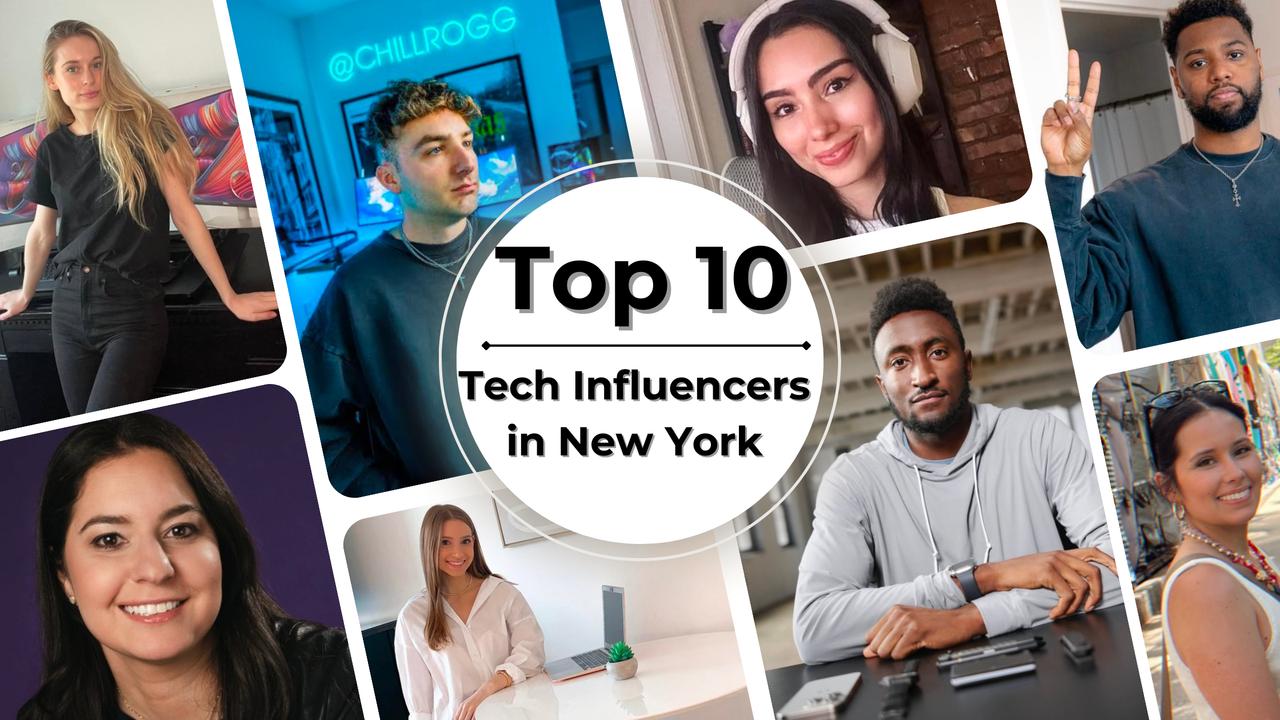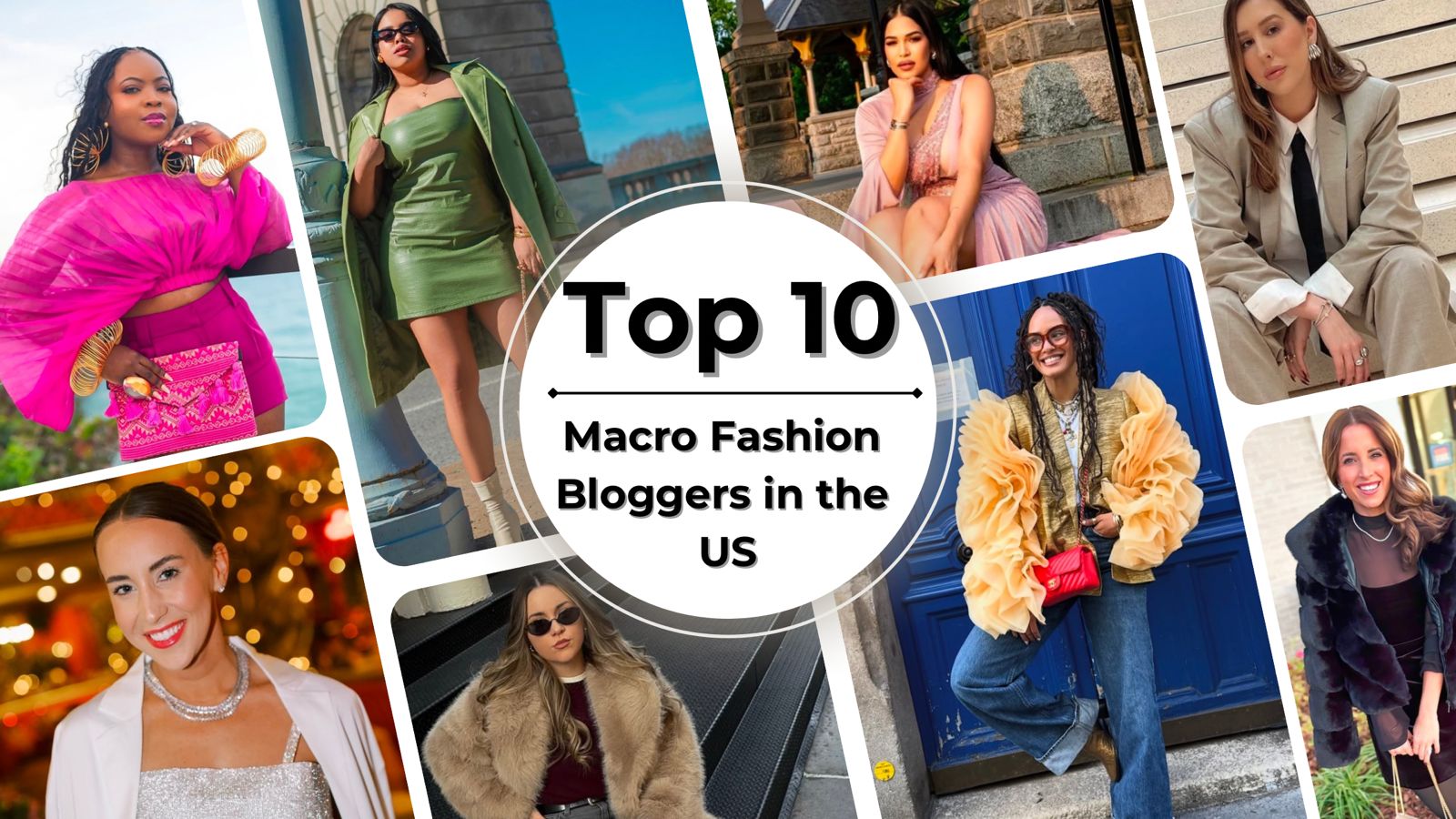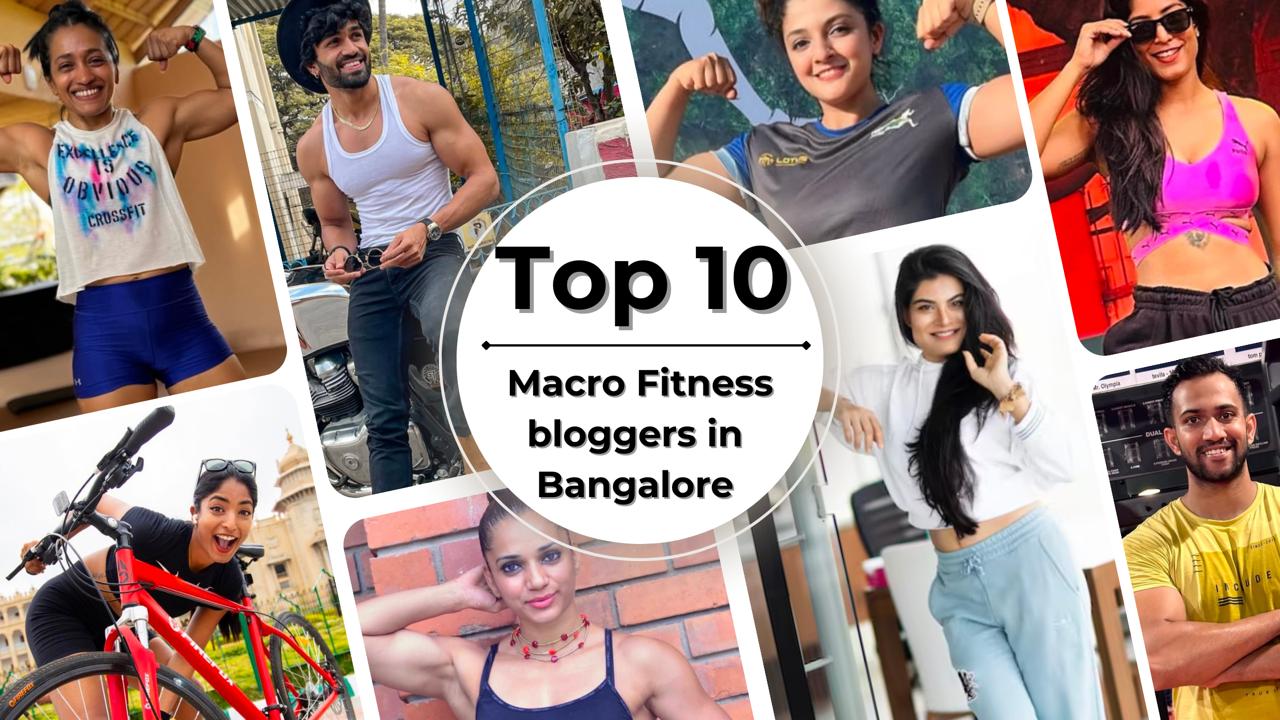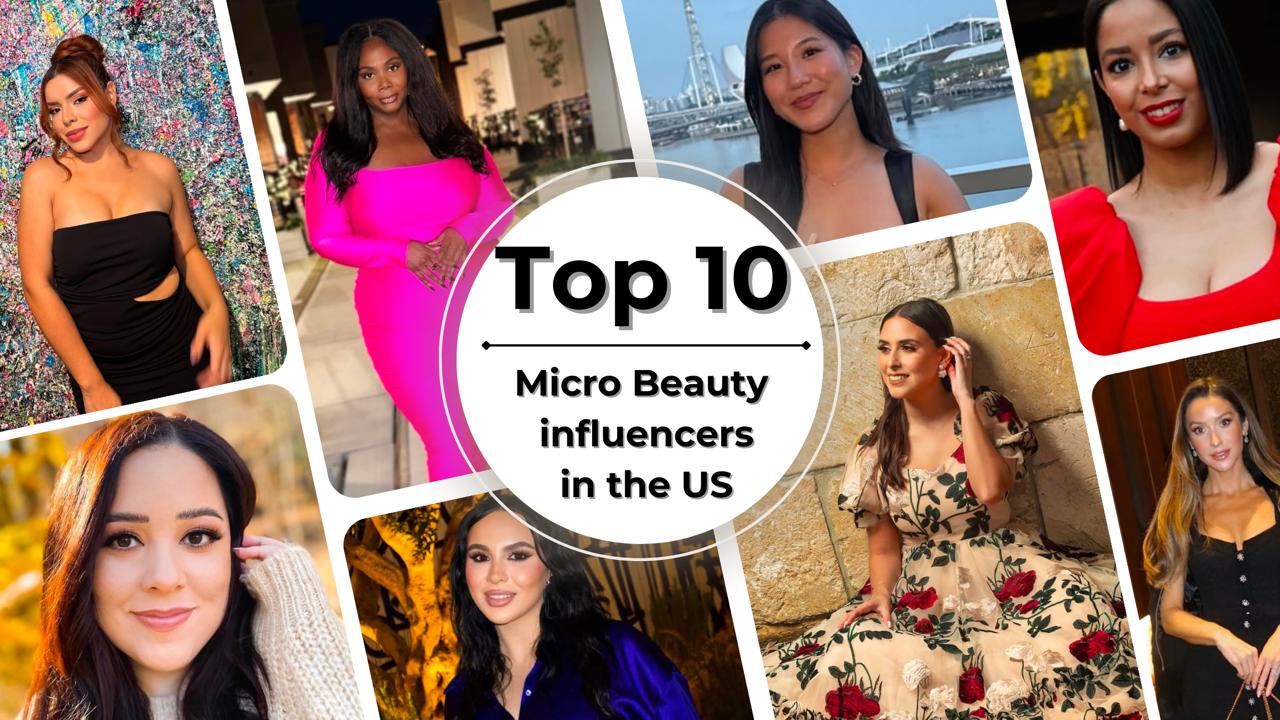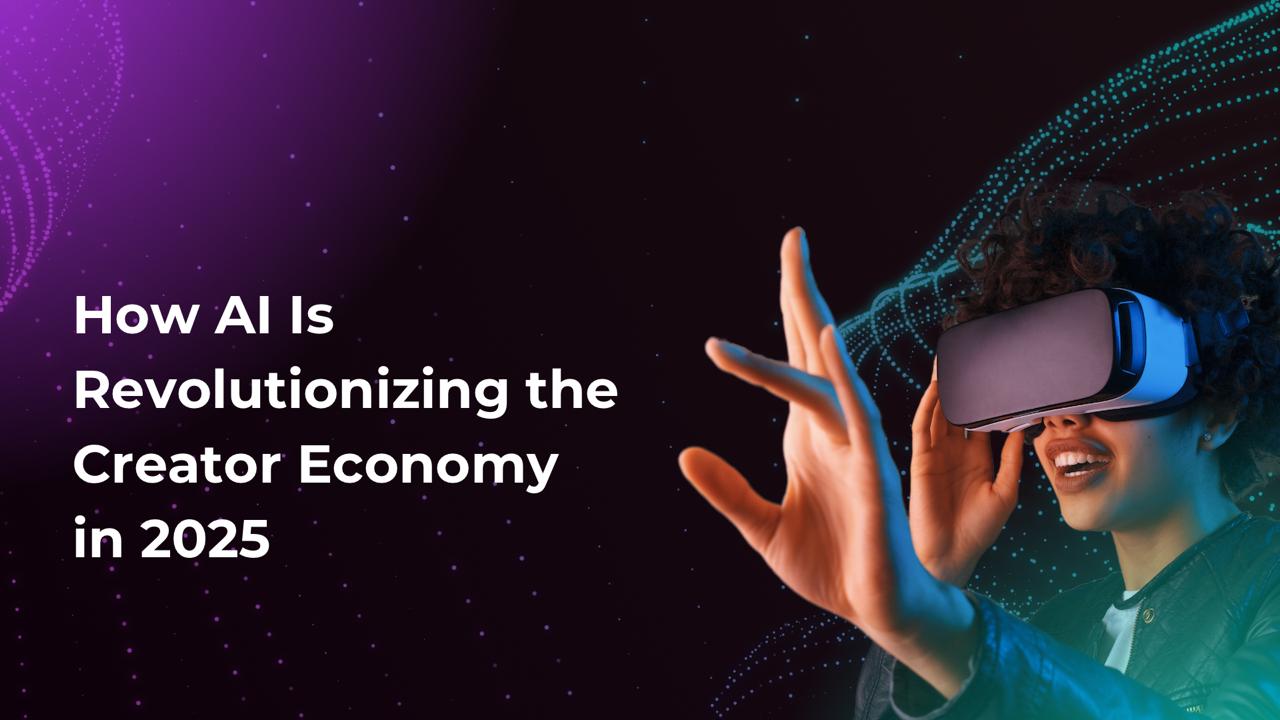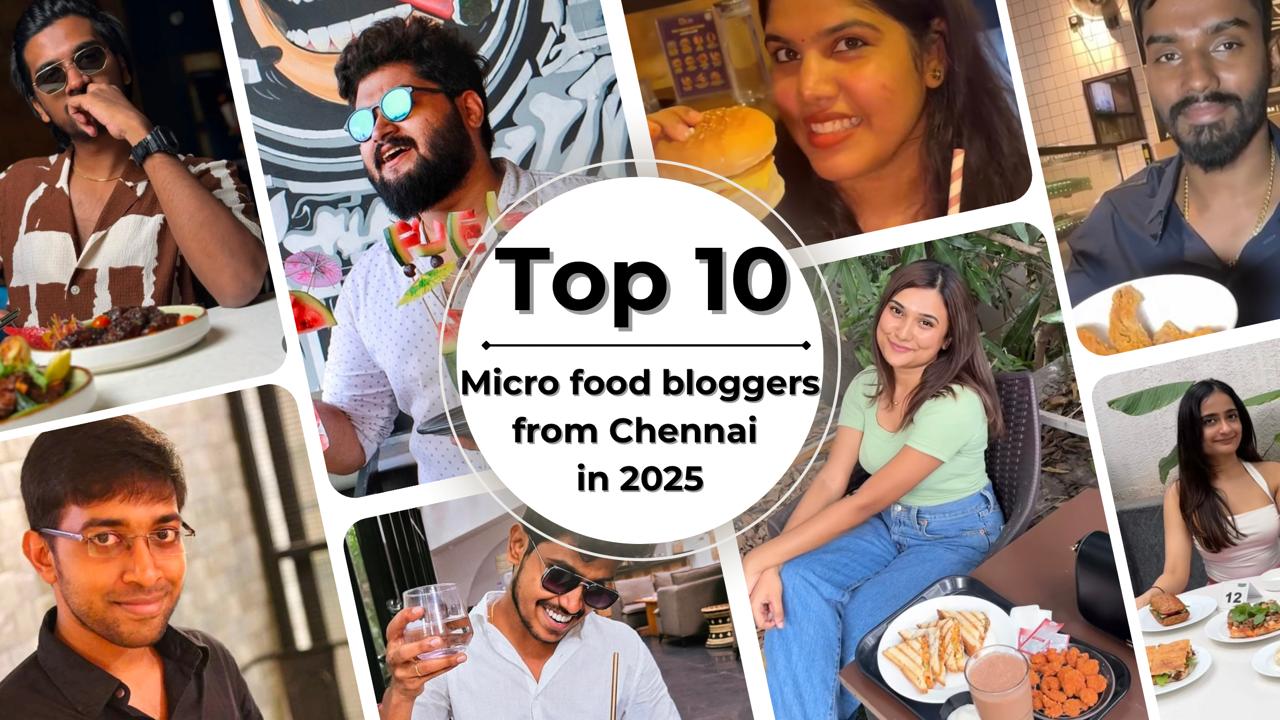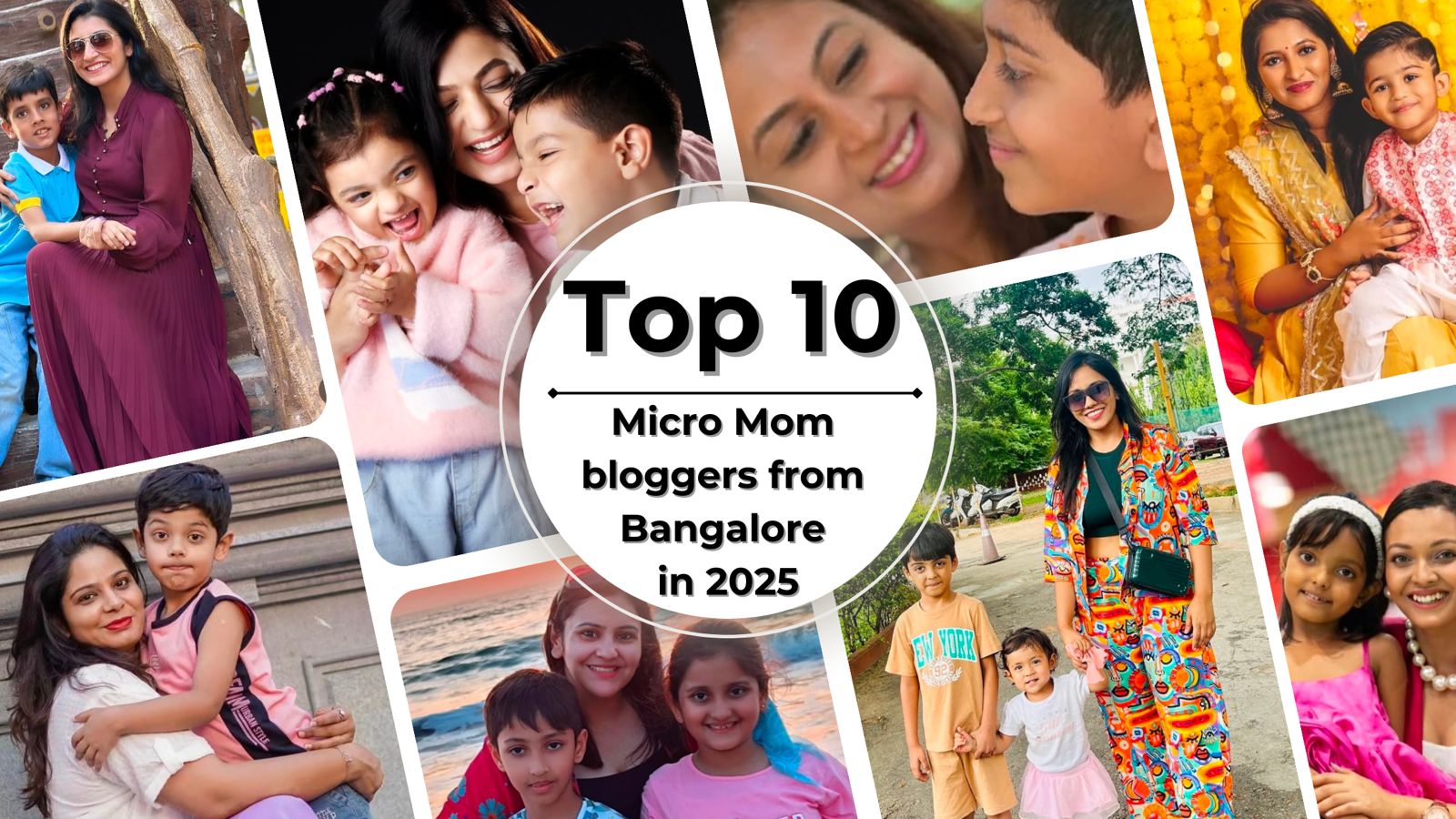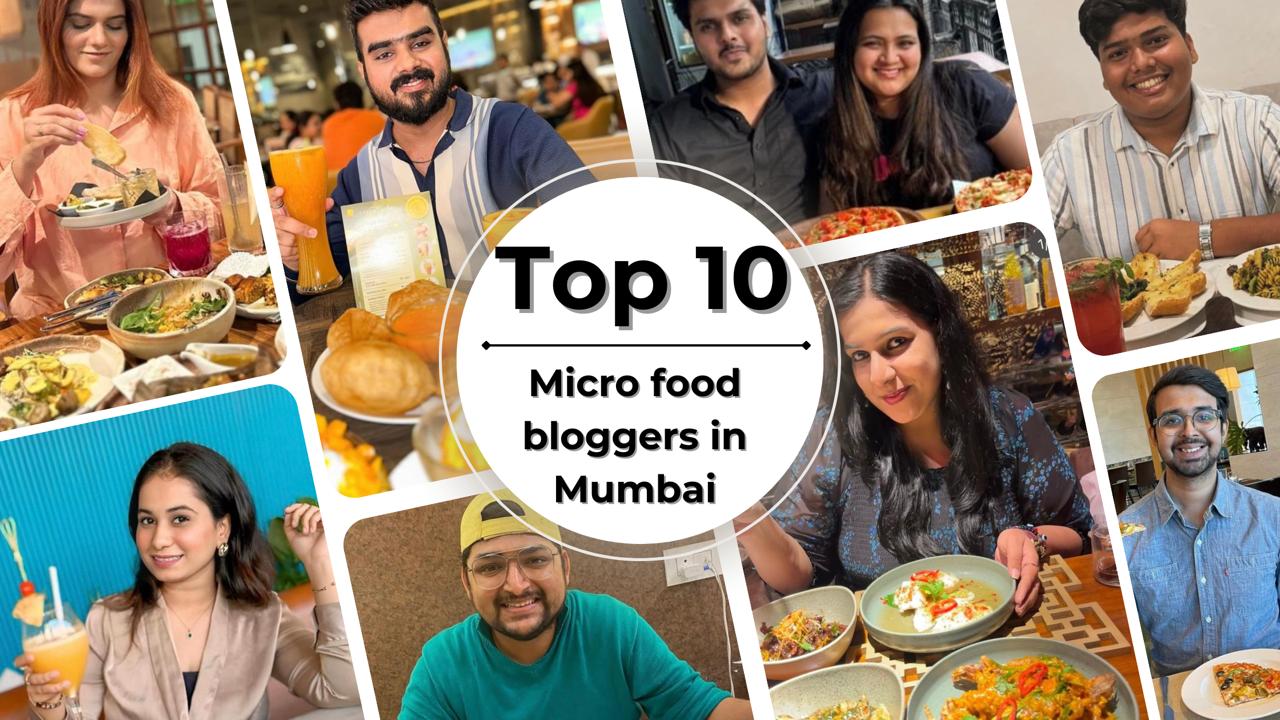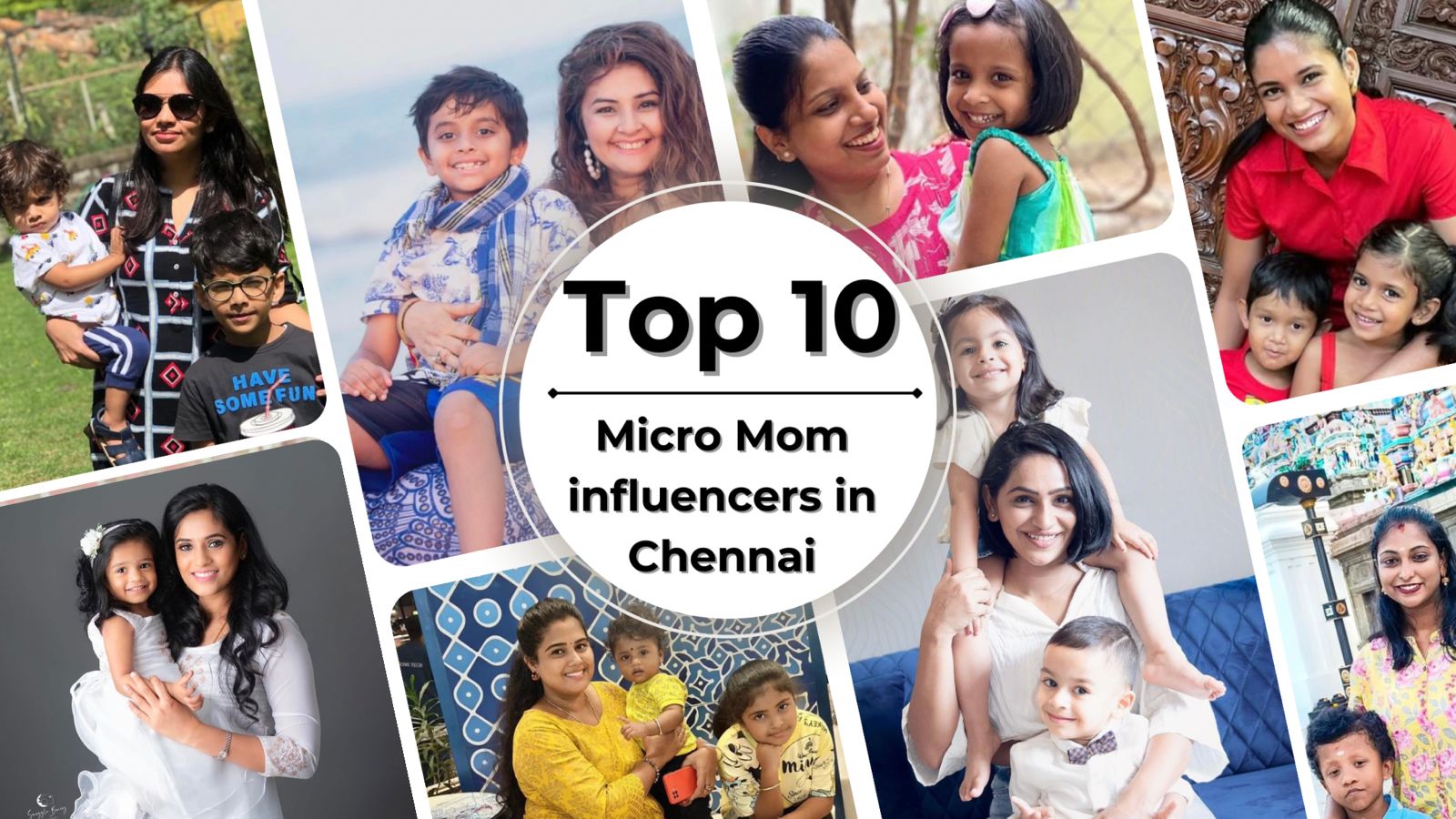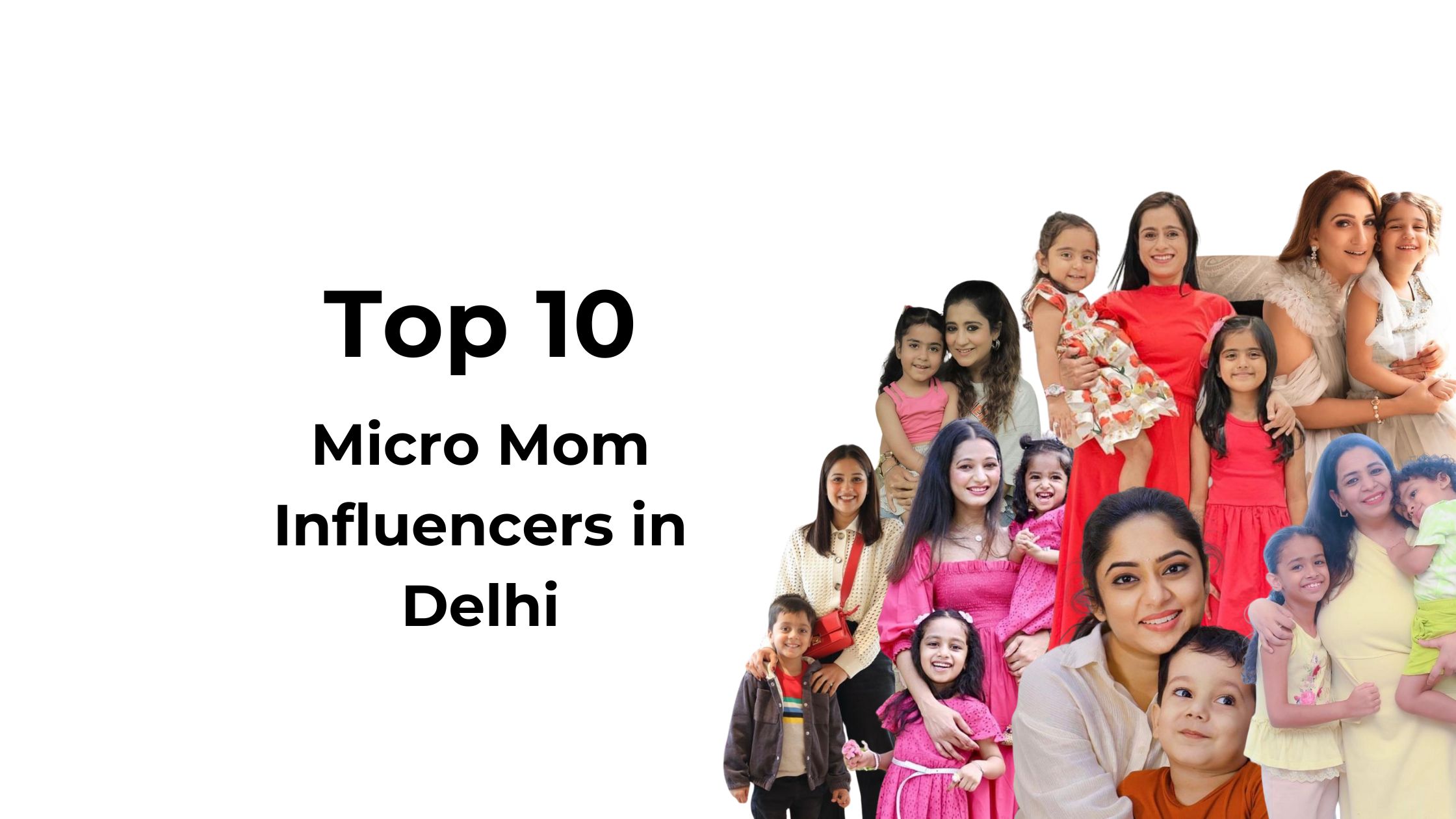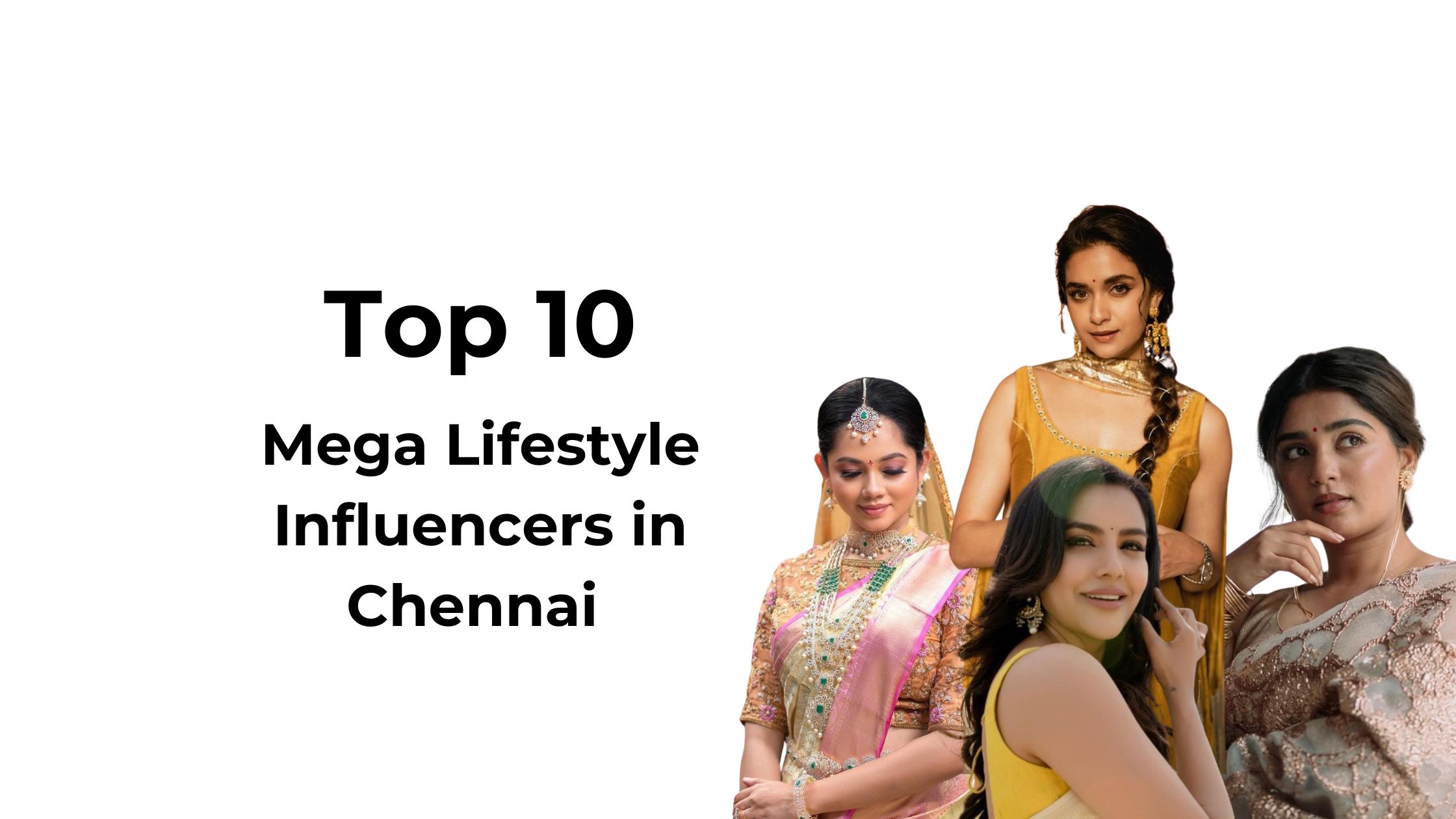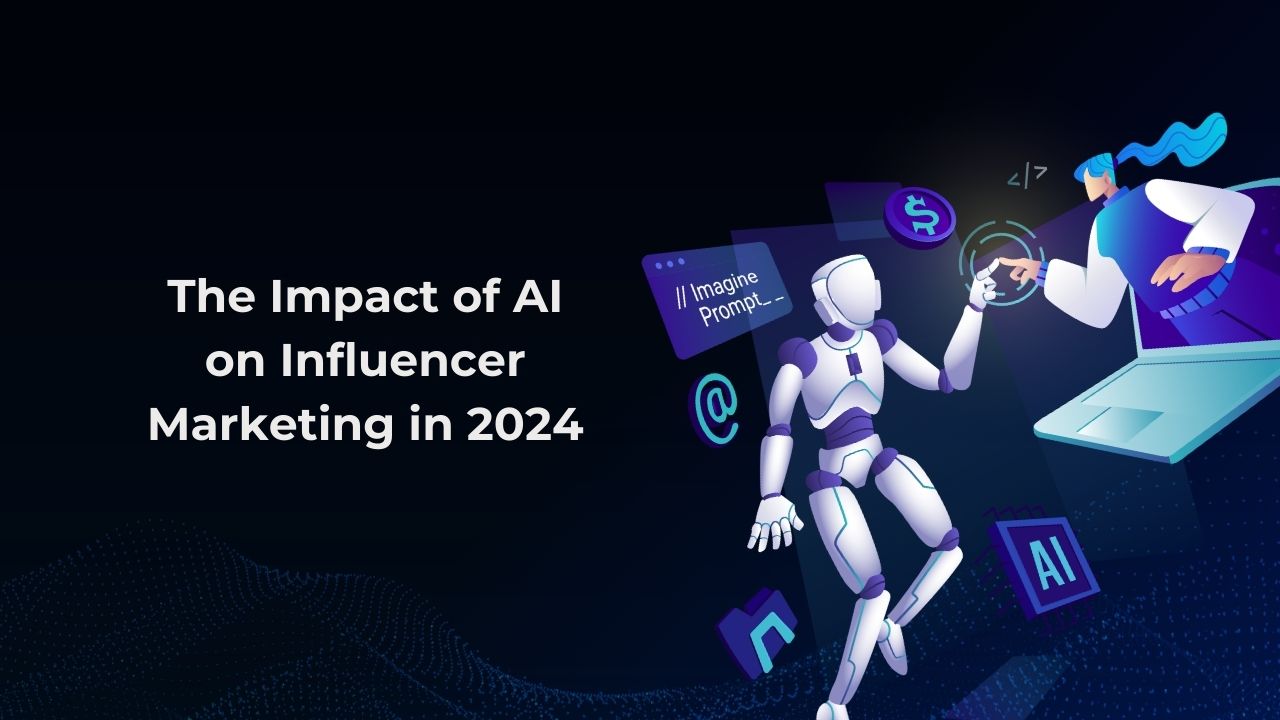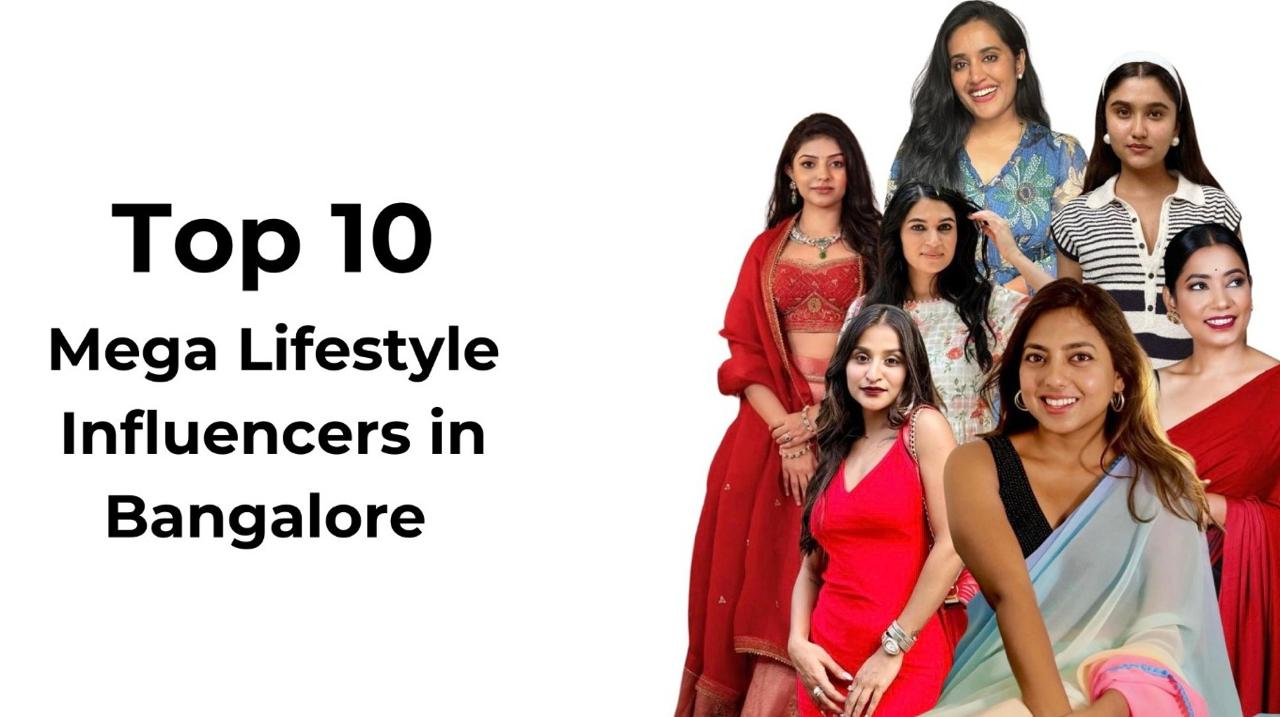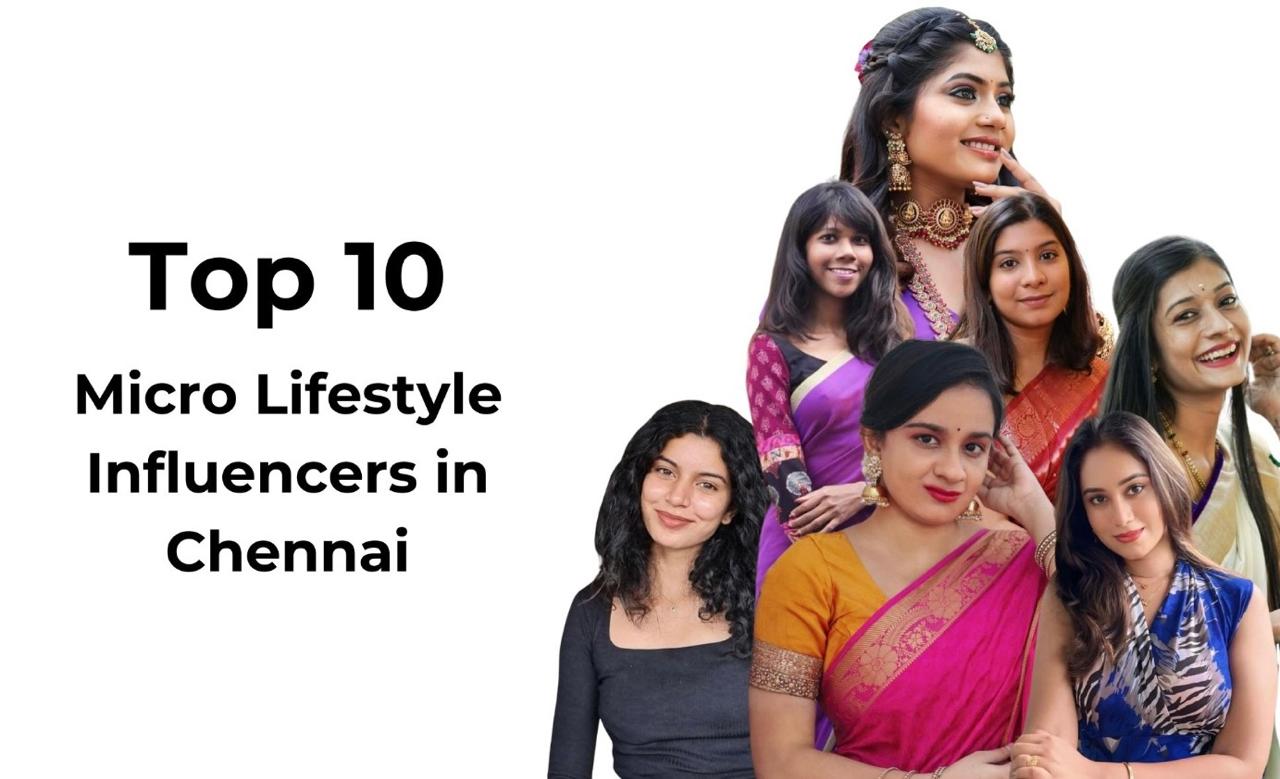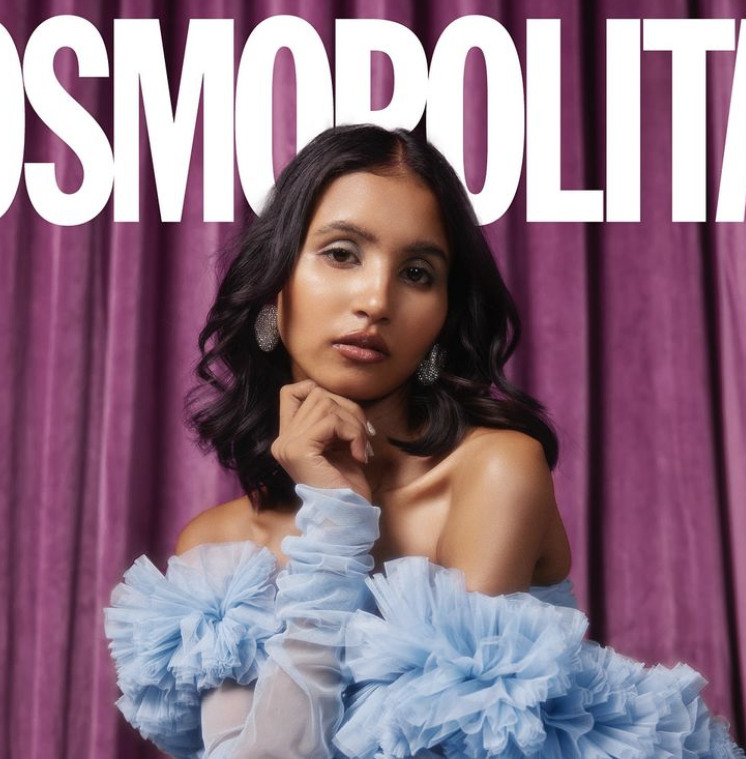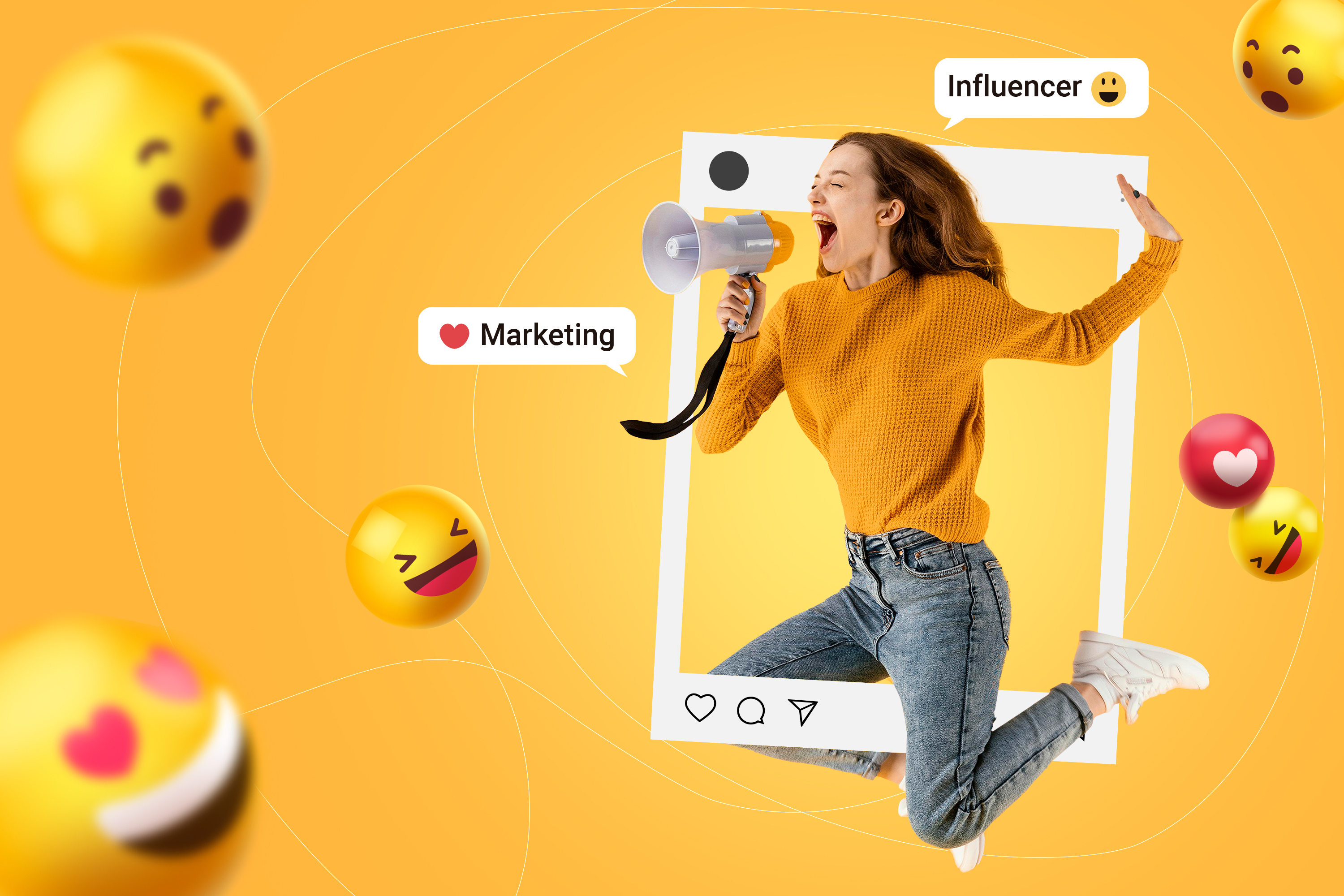Introduction
Flipping through the Mint newspaper on 13th September 2019, I found an interesting interview of Amar Nagaram, head, Myntra-Jabong. Mr. Nagaram is very blunt to admit that fashion buying and marketing is heavily driven by influencers today. A quick search in PressReader.com, a newspaper database, with the term “Influencer Marketing” throws over 3,66,000 results. This shows influencer marketing is getting huge media coverage all over the world.
Further, a look at the 2016 and 2017 influencer marketing data of Instagram post taken from the WARC database revealed interesting insights. The number of posts has grown over 100% month on month basis from the year 2016 to 2017.
Definition of an Influencer
Before delving deeper into this subject, let us understand who is an influencer and why influencers are in high demand in contemporary marketing. An influencer is an individual who has above-average reach or impact through word-of-mouth or social marketing. Influencers are often highly knowledgeable about a specific subject such as food, fashion, beauty or technology. Over the years influencers have become a strong network of individuals who are creating engaging content in the marketing space just as hobby or passion. Many marketers look to influencers such as celebrities, bloggers or vloggers with huge followings to do brand promotion. Marketers are trying to integrate the influencer ecosystem into social media marketing. Though it sounds strange, Influencer marketing is a term that was unheard-of among marketers a couple of years back. The proliferation of the internet has led to high content consumption especially in the form of videos. Millennials are heavy consumers of video and are influenced by digital influencers. Marketers can not ignore this target segment of consumers.
Titan’s Success Story Using Influencer Marketing
There are many success stories of Influencer marketing. TITAN’S partnership with Masaba Gupta, a leading young female designer known for her striking motifs and bold designs, to promote TITAN RAGA was a huge success.
Over the periods TITAN RAGA was seen as an ornate brand. RAGA’s sales were declining and it was perceived that RAGA should be used in festivals only. The communication challenge was to bring together the elegance of Titan Raga and the edge of Masaba. This partnership has resulted in unique designs, each with a story to tell.
The campaign idea, #TicTok, was a conversation about tradition, design, quirks and time with Masaba Gupta. The campaign reached 35 million women and received over 5,200 entries for the #TickTalk #RagaXMasaba contest, the highest received by the brand so far.
The execution was fun, playful and embraced the over-the-top use of traditional motifs, to the delight of the modern Indian woman. A behind-the-scenes video, a digital catalog, live videos, and contest posts, all reflected the essence of the collection. More than 10,000 pieces sold at a 13k average price point, which is three times the average price point 18% value growth in Raga overall for the year 57% new customers 230+ million impressions 35+ million reach 600,000+ sent to website and e-commerce sites 5,200+ entries to the #Tic Tok contest
How To Reach Influencers For Marketing
With so much traction happening in Influencer marketing, Marketers can not ignore this space anymore. Further, rising instances of accounts with fake followers and data privacy issues, marketers are finding it difficult to select an influencer.
Recently Unilever’s CMO Keith Weed kicked off Cannes with a big announcement: The company would make an effort not to work with influencers who had fake followers or used bots to grow their accounts. But the reality of working with influencers whose followings are authentic may be trickier than just making a proclamation. These are a few tips that may help a company to find a correct influencer.
1. Influencer selection requires an analytical approach
Social media analytics company Shareablee suggests engagement metrics, rather than the size of the following, better measure how connected the influencer’s community is to the content and therefore potentially to your brand’s activation with that influencer. Brands should, therefore, look at five things when assessing a potential influencer:
- Scale and reach of engagement on a regular day/month
- Consistency of content creation
- Velocity or the trend in performance
- Average content performance
- Size of potential audience (fans and followers)
2. Brand persona and Influencer’s persona is the Key
All influencer content related to a brand should be explicit and clear on the relationship between the two parties to avoid complaints to regulatory authorities
3. Influencers with the biggest audience is not necessarily the best
A study by social media analytics company Shareablee and content company Fullscreen, looking at influencers of all sizes, from Celebrity (+20m followers) through Digital Creators (1m – 19m) to Micro-influencers (250K-999K) found that influencers with smaller audiences were more impactful.
The study found that Digital Creators, with an engagement rate of around 0.6%, outperformed both Celebrities (0.4%) and Micro-influencers (0.35%). Digital Creators were also the most trusted (45%) and celebrities the least trusted (29%). Those who engaged with Micro-influencers were most likely to try a recommended product (45%), though Digital Creators were the most likely to drive purchase (between 28 and 30%).
Separate research from influencer marketing marketplace TRIBE found micro-influencers with less than 100k followers attract much higher engagement than those with a larger following. The research is borne out by the experience of footwear brand TOMS. While celebrities were important to the brand when it launched initially, more recently it has had more success with a host of micro-influencers who tap into consumer interests. Also, chocolate brand Maltesers has chosen to connect with Gen Z teens via relatable online creators for its launch in the US.
4. Finding niche influencers can give better ROI
Social media analytics company Socialbakers advise fashion and make-up brands to work with niche micro-influencers to increase ROI, even though it creates complexity. As authenticity is key, brands should limit the directions they give and allow the influencers to control how they talk about the brand with their audiences.
Other advice for working with micro-influencers is: to nurture longstanding relationships with genuine brand fans rather than one-offs; create brand advocacy via personal, direct contact with the brand at every opportunity; and reward brand loyalty by publicly recognizing them and engaging with their content.
5. Brands must have WORD OF MOUTH Strategy for Influencers
Researchers Barak Libai, Eitan Muller, and Renan Peres estimate that the social value of an influencer on word-of-mouth (WOM) marketing is double that of the "average" consumer, while Keller Fay research estimates that influencers' WOM value can be four times that of the average consumer.
Influencers like to be "in the know" so they can share new and exciting information before everyone else has it. Marketers should give them content that's concise, easy to talk about or share, and should engage influencers by asking for their opinions, and by having a meaningful two-way dialogue. Acknowledge their expertise and knowledge, and in turn, influencers will be more open to what marketers must say and offer.
6. Finding Specialist influencers can help brands reach new consumers
Younger people are choosing influencers like Wang Sicong as sources of inspiration. Influencers tend to be specialists in certain areas including niche subjects like clean eating, hair styling or exercise. Successful brands pay close attention to influencers' relationships with their audiences which can help inform content development. Brands are advised to:
Choose the right influencers. The influencers of most value to marketers are often the most specialist, with smaller but more purposeful audiences that are actively seeking expertise and are ready to act on recommendations
· Decide if the influencer will be a creative partner, media partner, or both. When a brand builds on a collaborative relationship with "relevant" influencers it opens the option of using those influencers' networks to disseminate brand messages to new consumer groups.
While using influencers can be beneficial, brands need to be careful when using them as official spokespeople. This approach runs the risk of diminishing the influencer's authenticity because their influence stems from a different form of authority and credibility.
References:
https://www.warc.com/
https://www.pressreader.com/
https://www.adweek.com/
https://www.livemint.com/



